The beehive has three types of bees: a queen, workers, and drones. They all have their own roles and jobs.
The queen is the only one that lays the eggs. She lays fifteen hundred eggs per day. Each of these eggs is laid into a separate cell. She is the biggest bee in the colony. Once the queen mates in the air with several drones she spends the rest of the time in the hive.
Now worker bees they take care of the bee. They also build the hive from wax that comes from their abdomens. They also guard the hive, clean it, and take care of the queen’s young. They stay quite busy gathering nectar and pollen all day long.
Now the drones play an important roll in the beehive but their life is short and they only have one job: to mate with the queen. Once they have mated with the queen the workers push them out of the hive and the drones starve and die.
“She reminded me that the world was really one big bee yard, and the same rules worked fine in both places: Don’t be afraid, as no life-loving bee wants to sting you. Still, don’t be an idiot; wear long sleeves and long pants. Don’t swat. Don’t even think about swatting. If you do feel angry, whistle. Anger agitates, while whistling melts a bee’s temper. Act like you know what your doing, even if you don’t. Above all, send the bees love. Every little thing wants to be loved. ” – Sue Monk Kidd
Bee Anatomy
The honeybee has six legs and the body of the honeybee has three parts: the head, thorax, and abdomen. The honeybee has hair all over its body and this is great because pollen sticks to their hair. The honeybee has compound eyes. The honeybee has a magnificent tongue called a proboscis and because it is shaped like a tube it can reach deep inside the flowers to drink nectar.
Honeybee’s have special “baskets” on their back legs where they are able to carry pollen.
Where in the World Are Bees Found?
Where there are flowers there are bees. There are more than twenty thousand different kinds of bees and you’ll find them everywhere in the world except for the Arctic and Antarctica.
In North America: Bumblebees
South America: Metallic green sweat bees
Europe: Carpenter bees
Asia: Leaf-cutter bees
Australia: Neon cuckoo bees
In South America there are bees known as Africanized bees and these bees are very sensitive to danger. When they smell danger they will gather in large groups and attack the intruder. Their stings are not more poisonous than those of other honeybees but Africanized bees swarm more often.
Are all sugars the same?
Bee Lifecycle
To represent the lifecycle of the honeybee we decided to do a shadow play. All you will need is black paper, cloth, and flashlight. We set our shadow play in our garage because it is a dark place and has plenty of room to move around. A great place to do this during the day is a closet that has no windows and is roomy.
The life cycle of bees…
Day 1: Queen lays egg
Day 4: egg hatches, larva appears, workers feed larva.
Pupa stage begins
Day 10: workers cap the cell with wax and the larva spins a cocoon.
Day 22: adult bee chews through the wax cap and joins the colony
Day 22-24: cleaners : the first duties are cleaning the cells so more eggs can be laid
Day 24-32: nurses feeding and tending the brood.
Day 32- 40: builders produce wax in abdominal glands allowing them to build honeycomb, seal and cap cells.
Days 40- 43 : guards protect the hive from potential invaders.
Day 43 and onwards: foragers search for pollen and nectar.
Why Honey Crystallizes Experiment
Have you ever wondered why sometimes your honey crystallizes and looks like sugar? I always questioned that. My Dads honey crystallized all of the time while store bought honey is hardly ever crystalized. It is always runny.
Why is that?
Ask your children to name two things that crystallizes. Salt and sugar are both crystals.
When we add water to salt or sugar the crystals are no longer visible but once the water dries out, salt or sugar crystals will appear.
For this experiment you will need 5 jars, water, thermometer, timer, measuring spoons, and honey.
You want to label each of your jars.
To jar 1 simply add 1 teaspoon of honey.
To jar 2 add 1 teaspoon of honey and 1 teaspoon of water.
To jar 3 add 1 teaspoon of honey and 2 teaspoon of water.
To jar 4 add 1 teaspoon of honey and 3 teaspoon of water.
To jar 5 add 1 teaspoon of honey and 4 teaspoon of water.
Then ask your child which jar do they think has the most crystals and why?
Set a timer for 10 minutes and record the temperature. Also note the difference.
The jar with just the honey will look very much the same as it always has. You’ll notice how the jars with water will freeze while the first and second jar looks like honey still. The last two turn completely white because it is mostly water. The third jar looked really cool. Look below to see.
The more glucose in the honey, the more chances your honey will crystallize. When you see honey crystallize that actually means that the honey hasn’t been diluted or adulterated in any way. It hasn’t been pasteurized and is natures finest. Real honey when put in the freezer will stay golden while diluted honey will turn white and will freeze like water does.
Thank you for reading our blog post. I offer one on one unit study coaching. For more information click here.

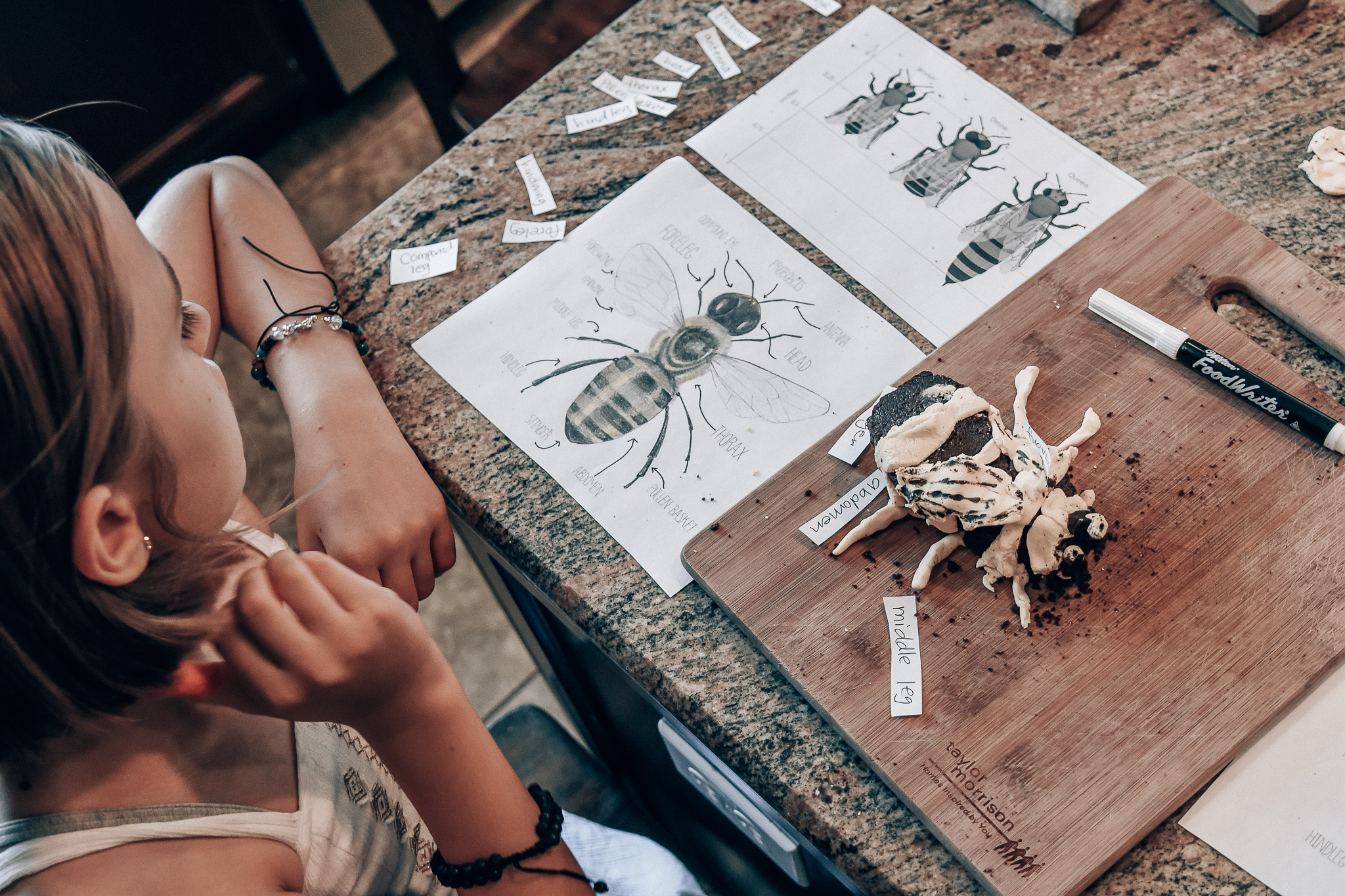
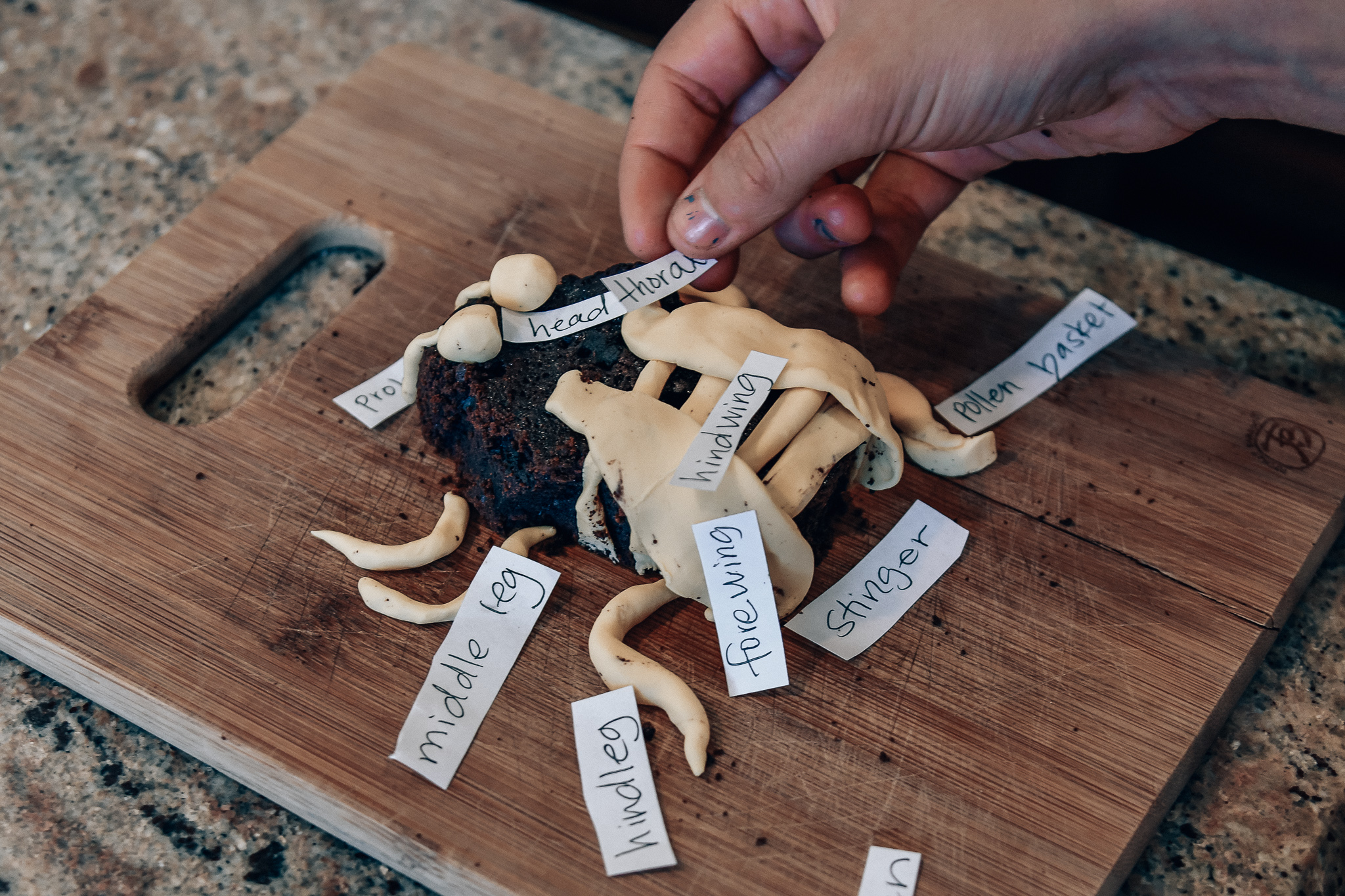
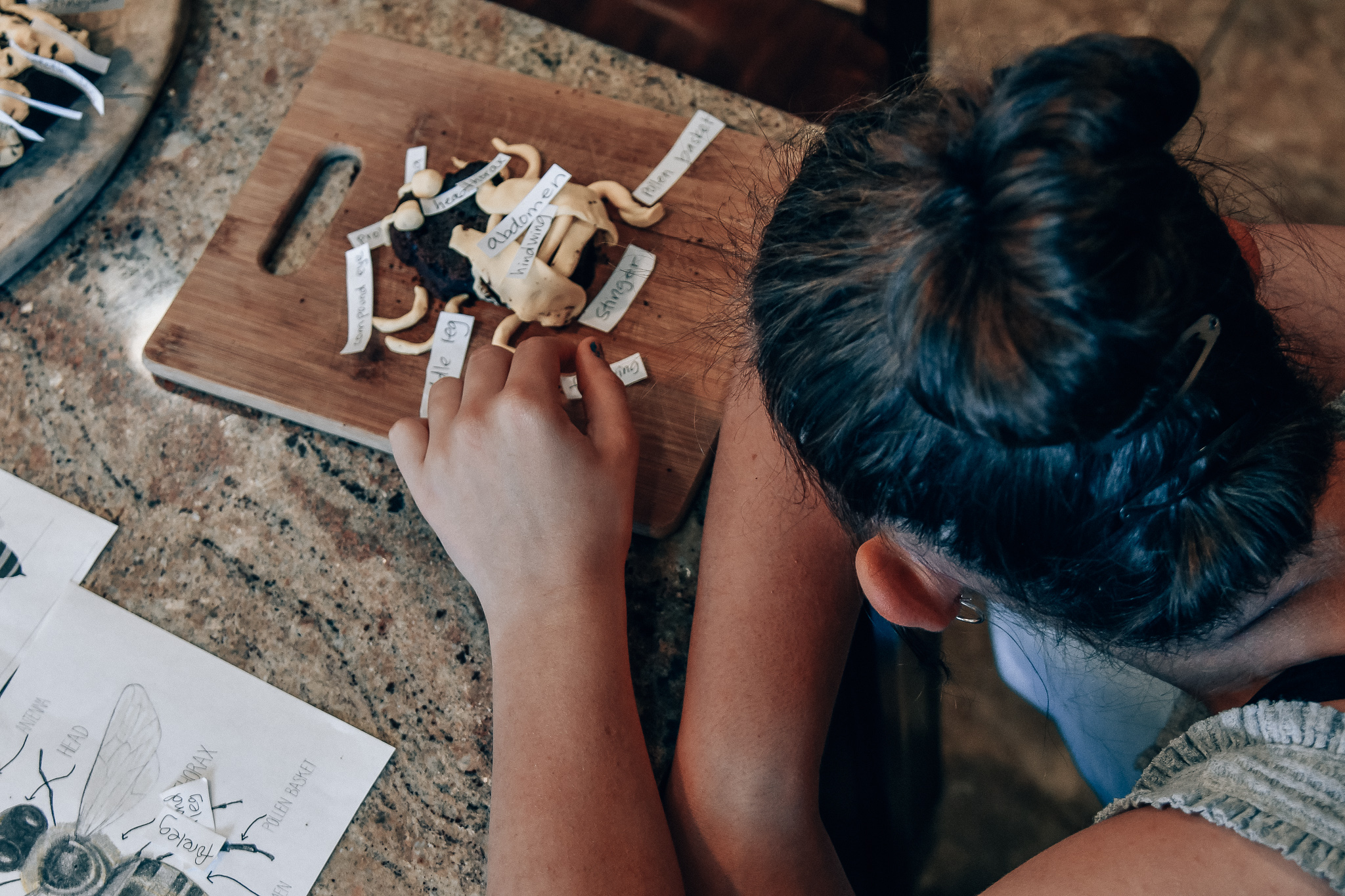
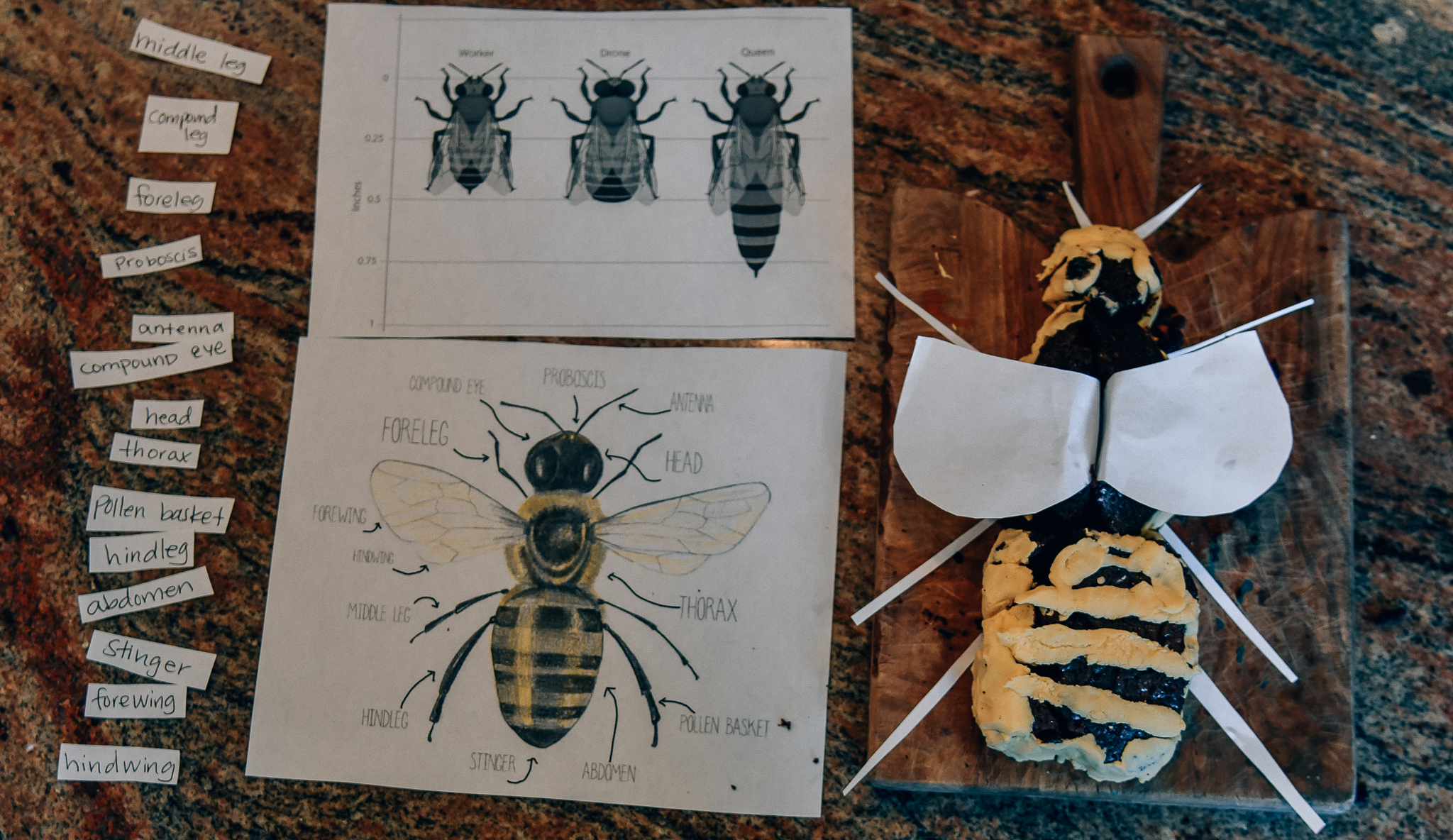
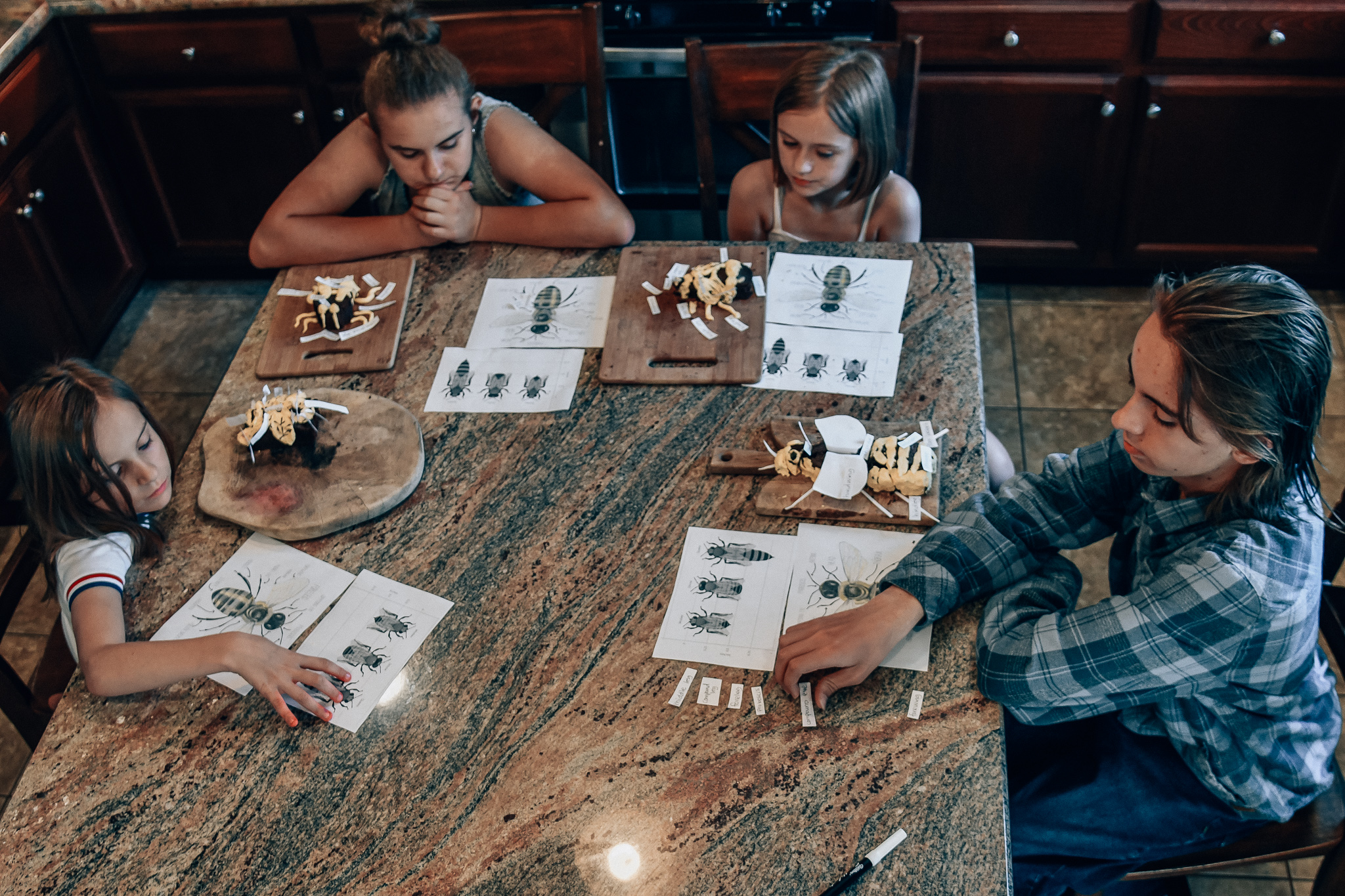
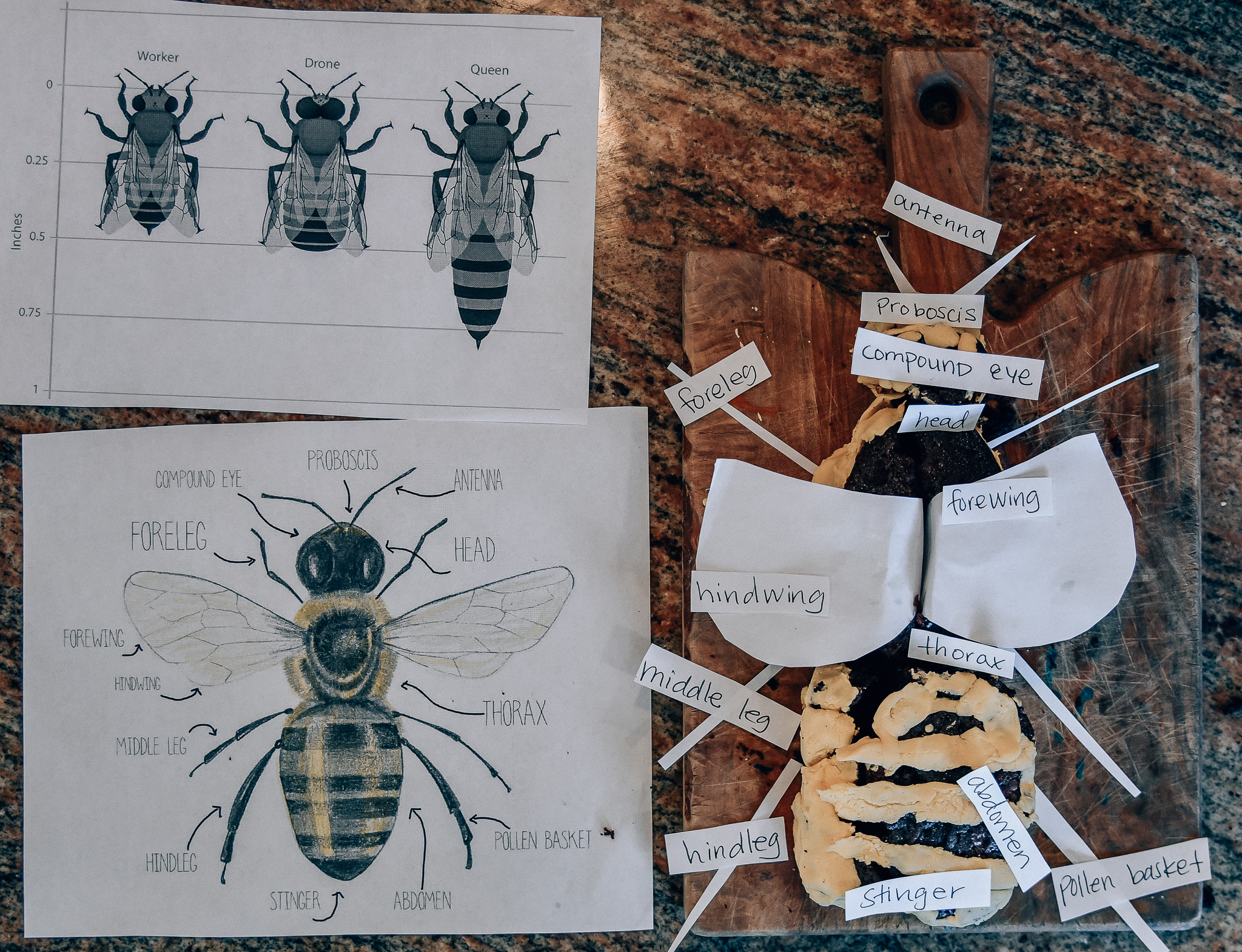
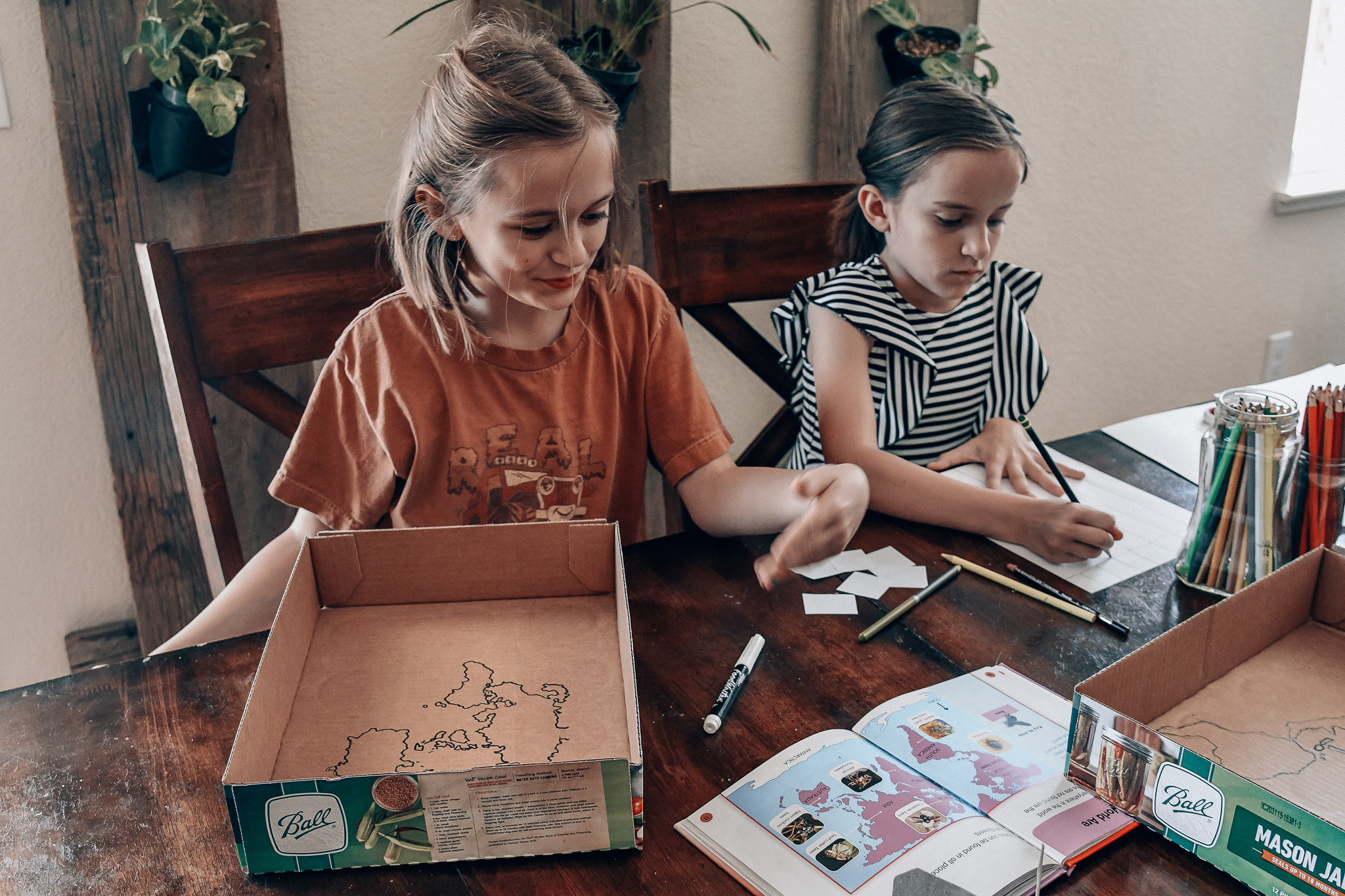
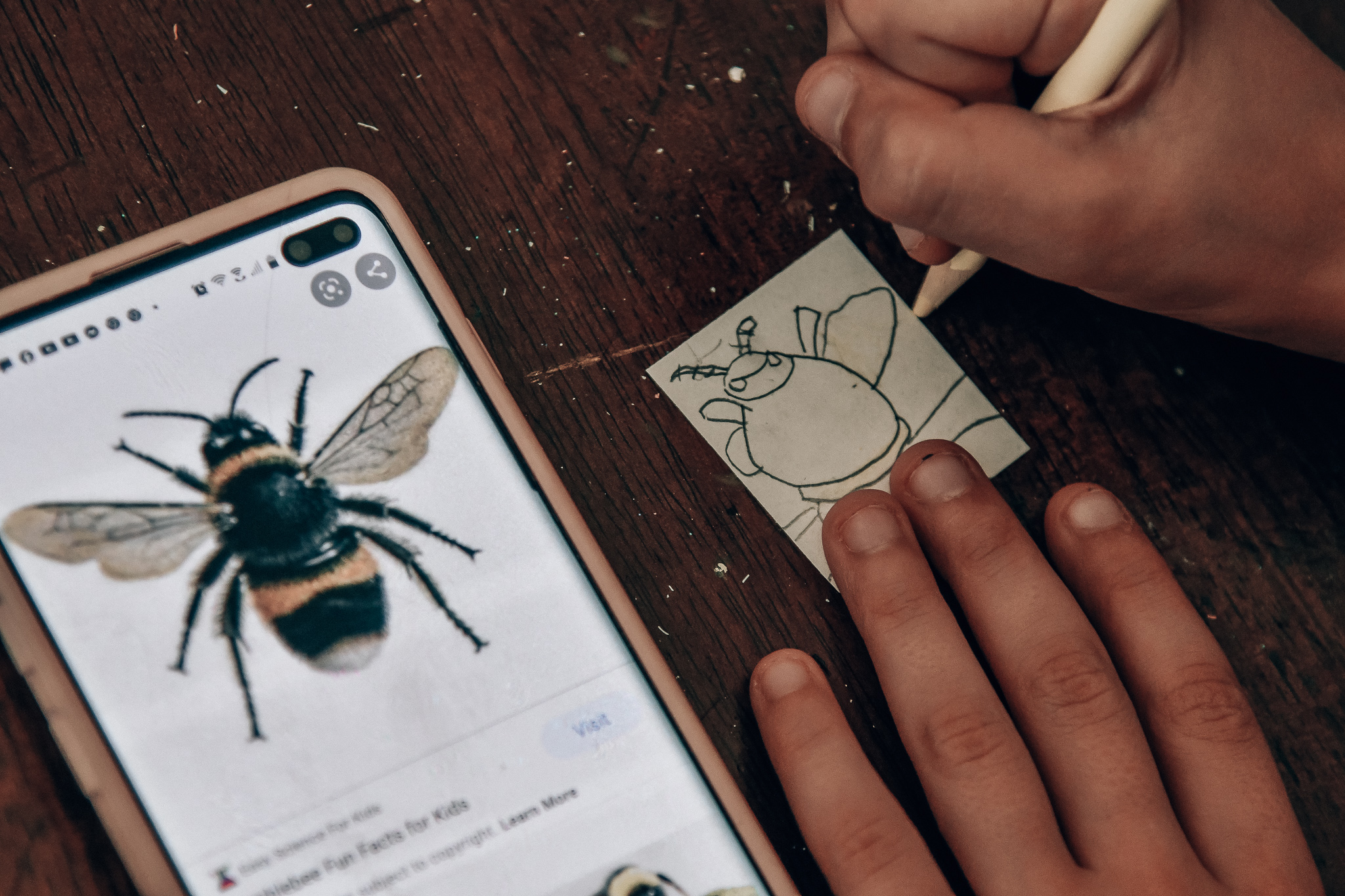
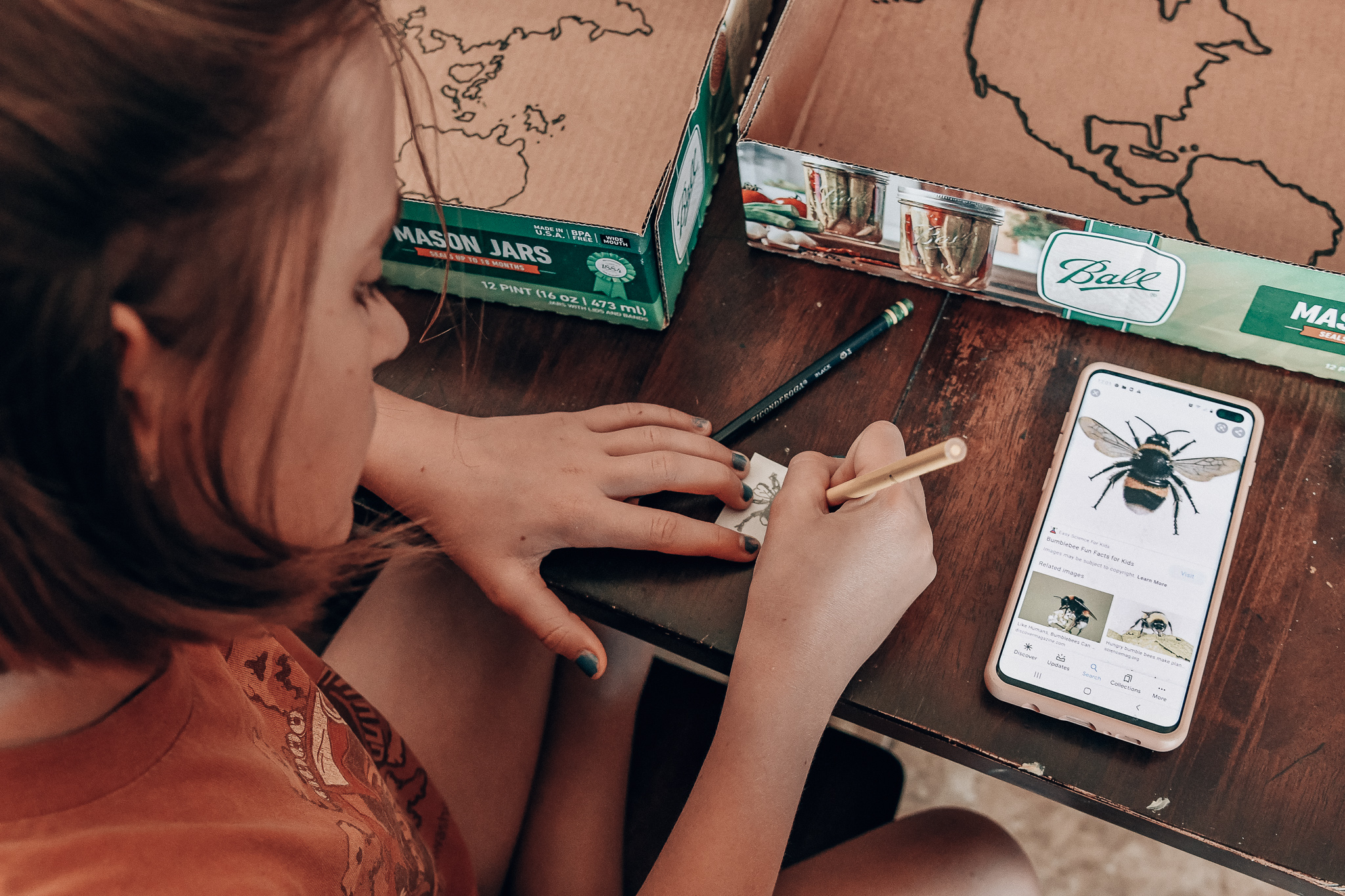
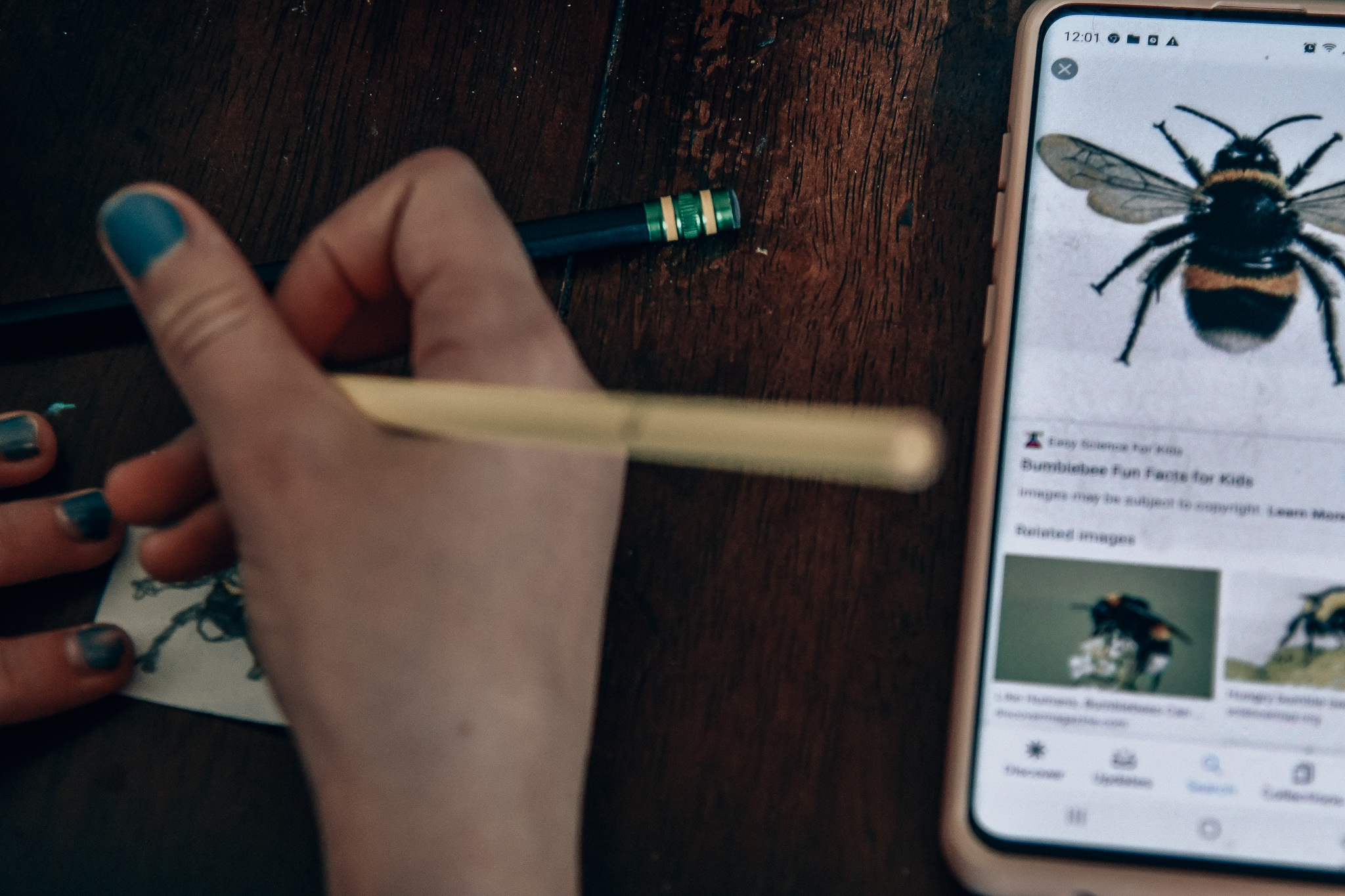

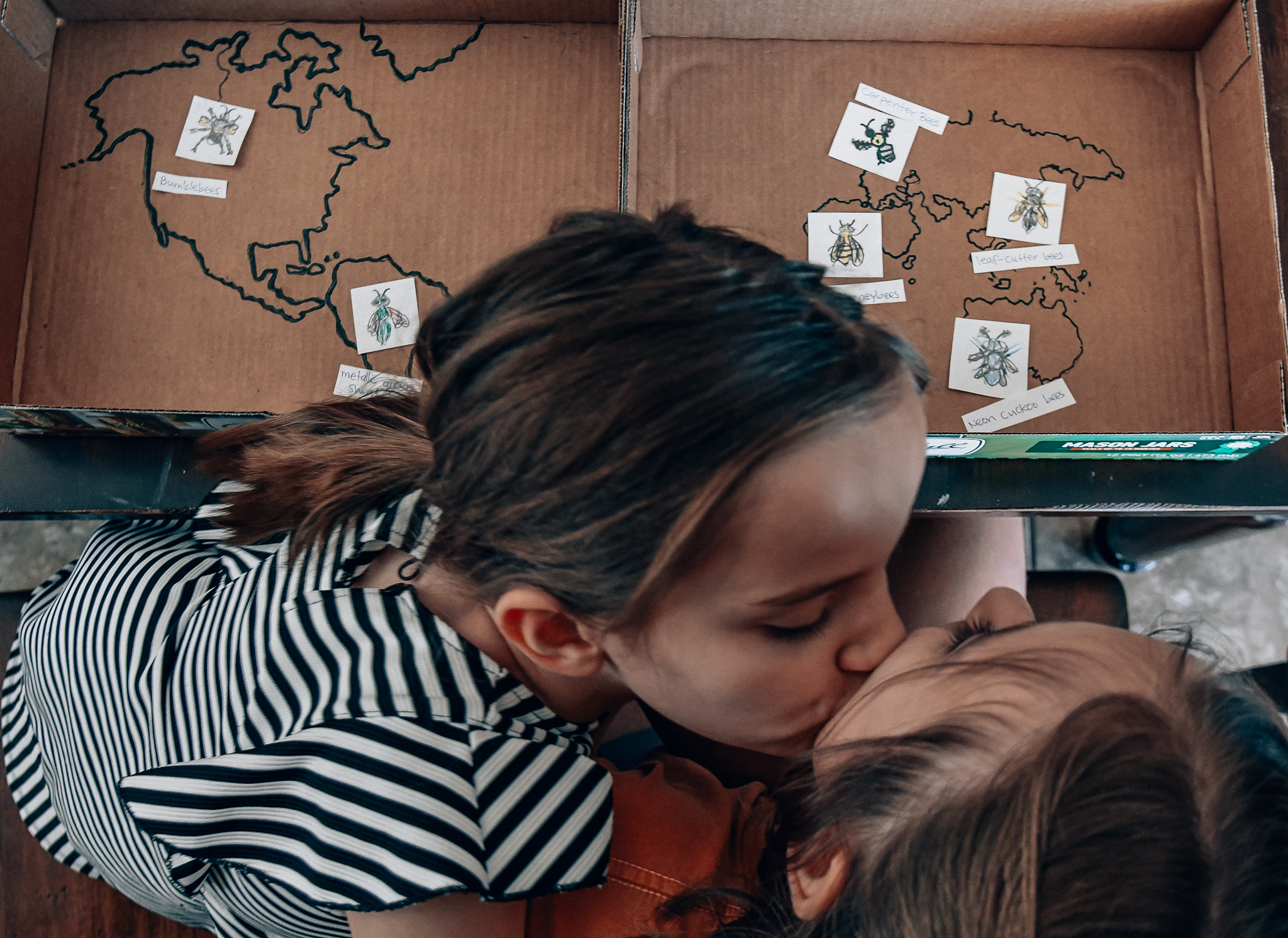

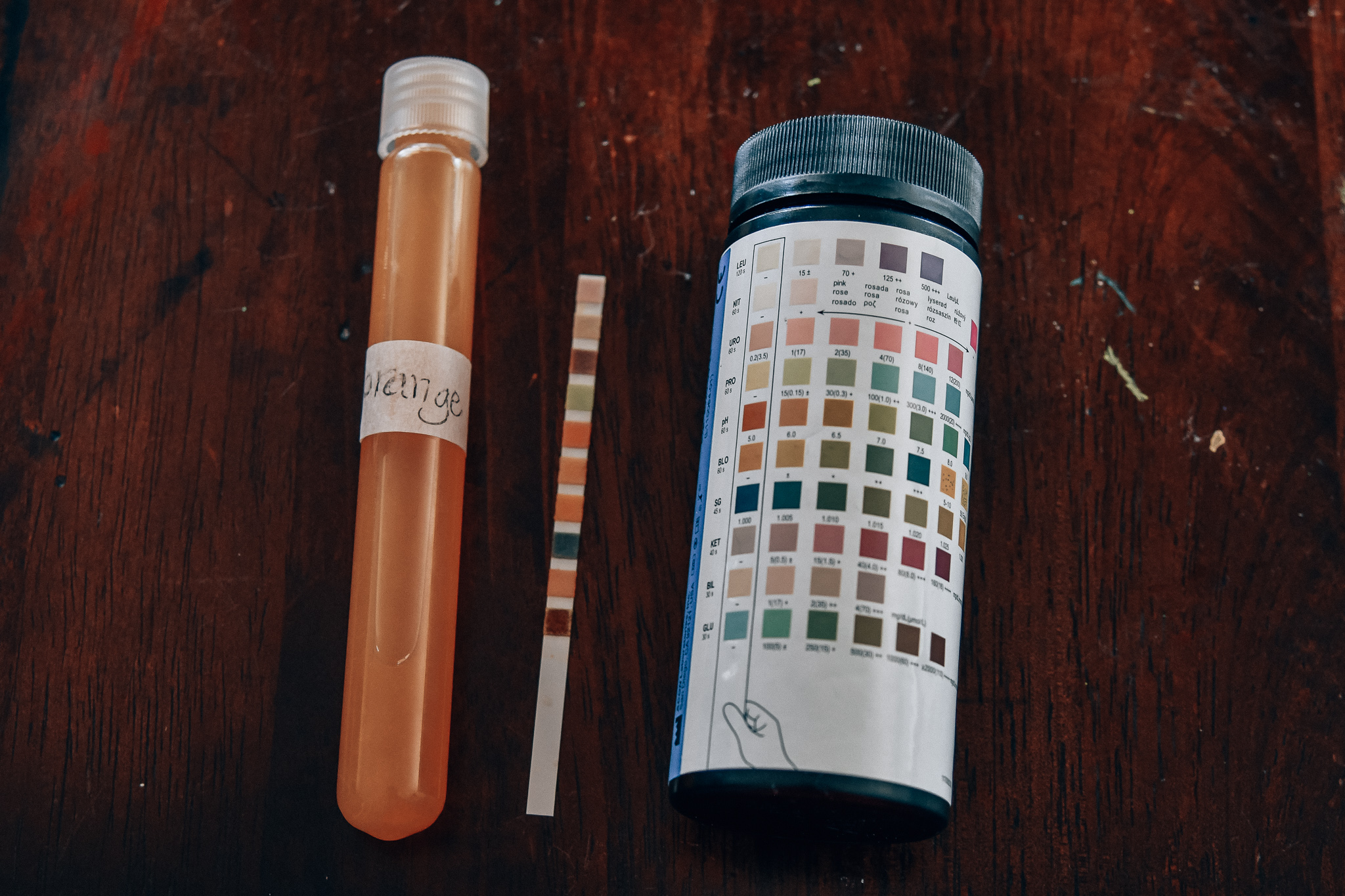

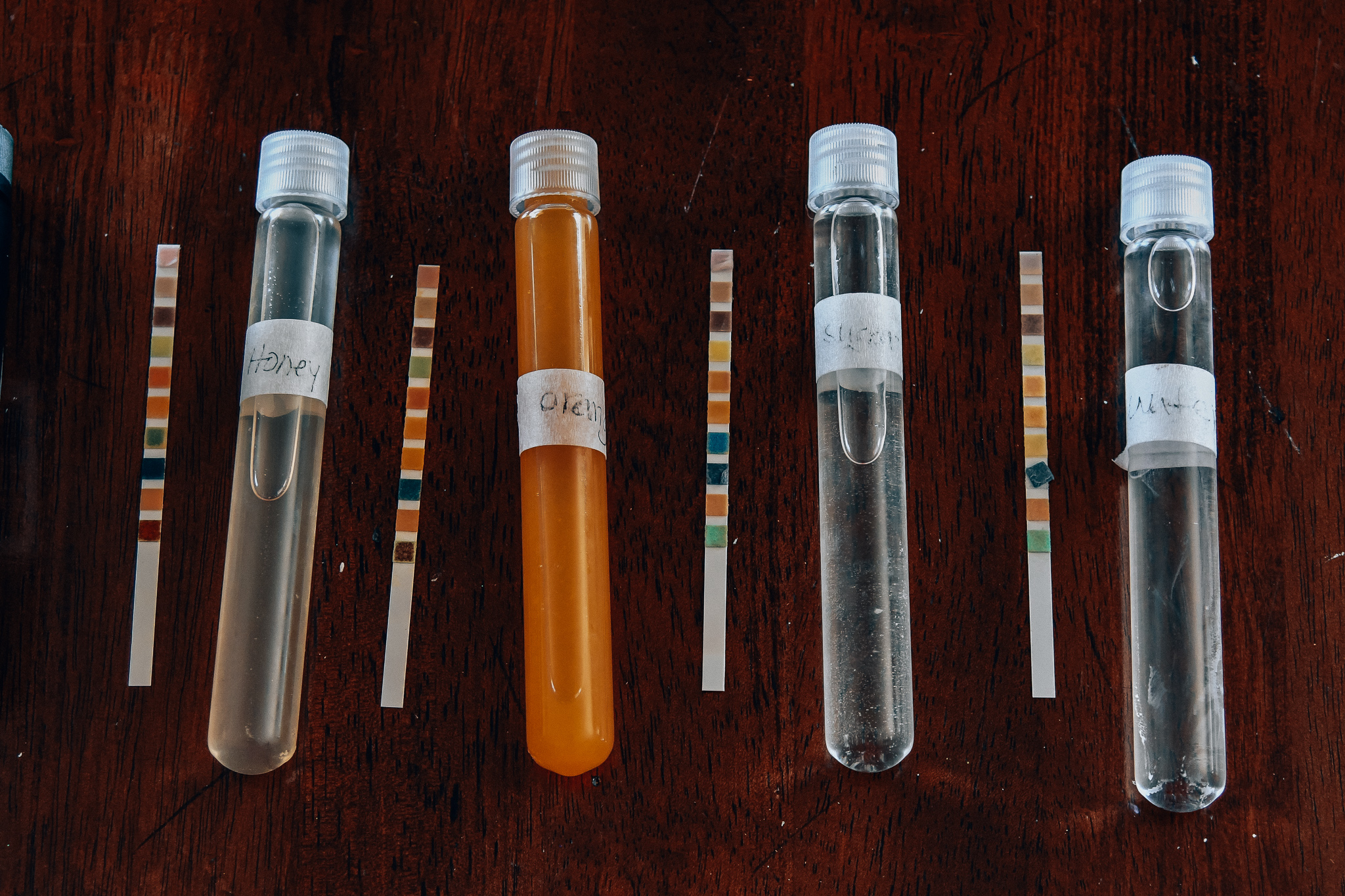
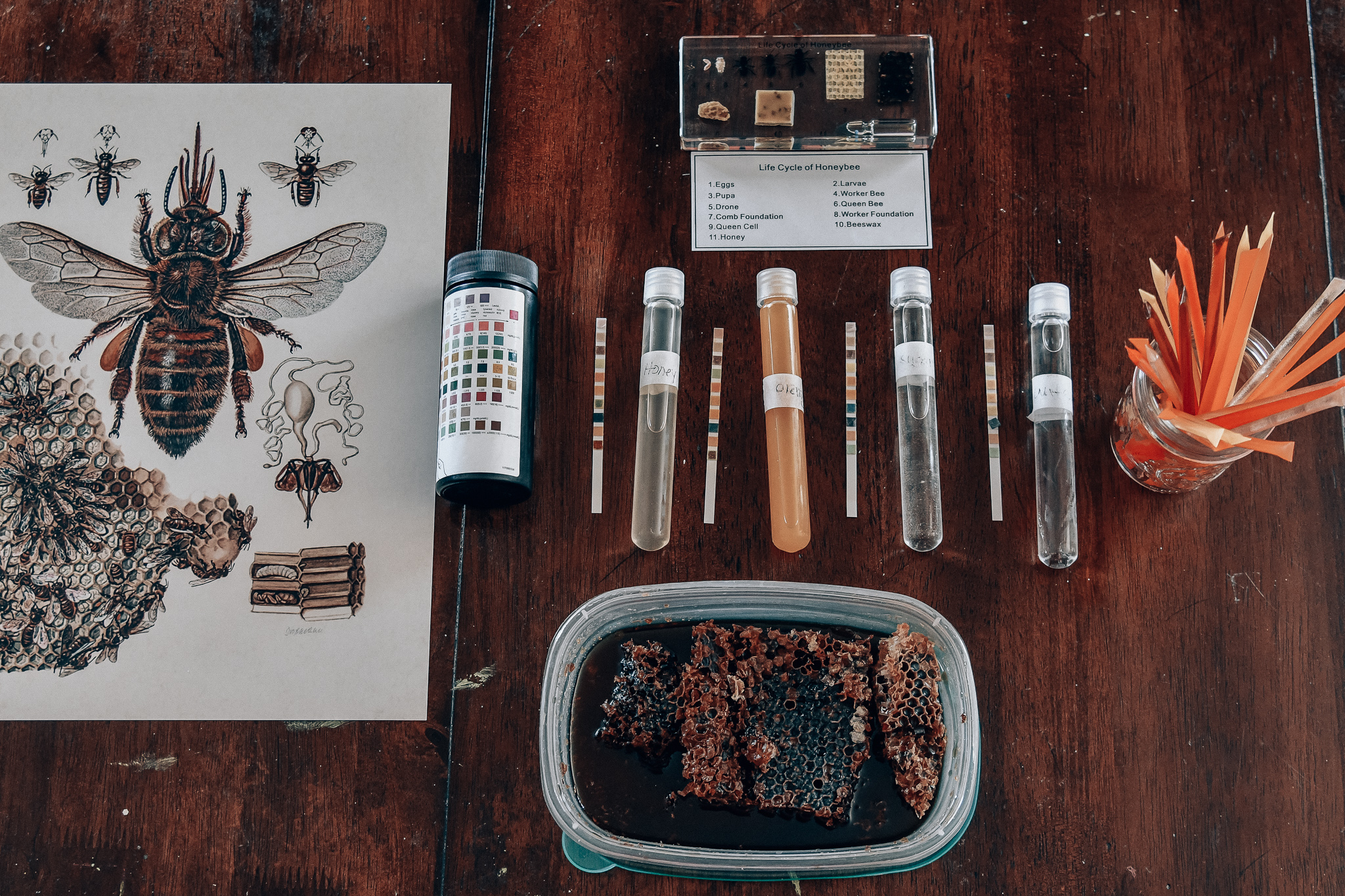

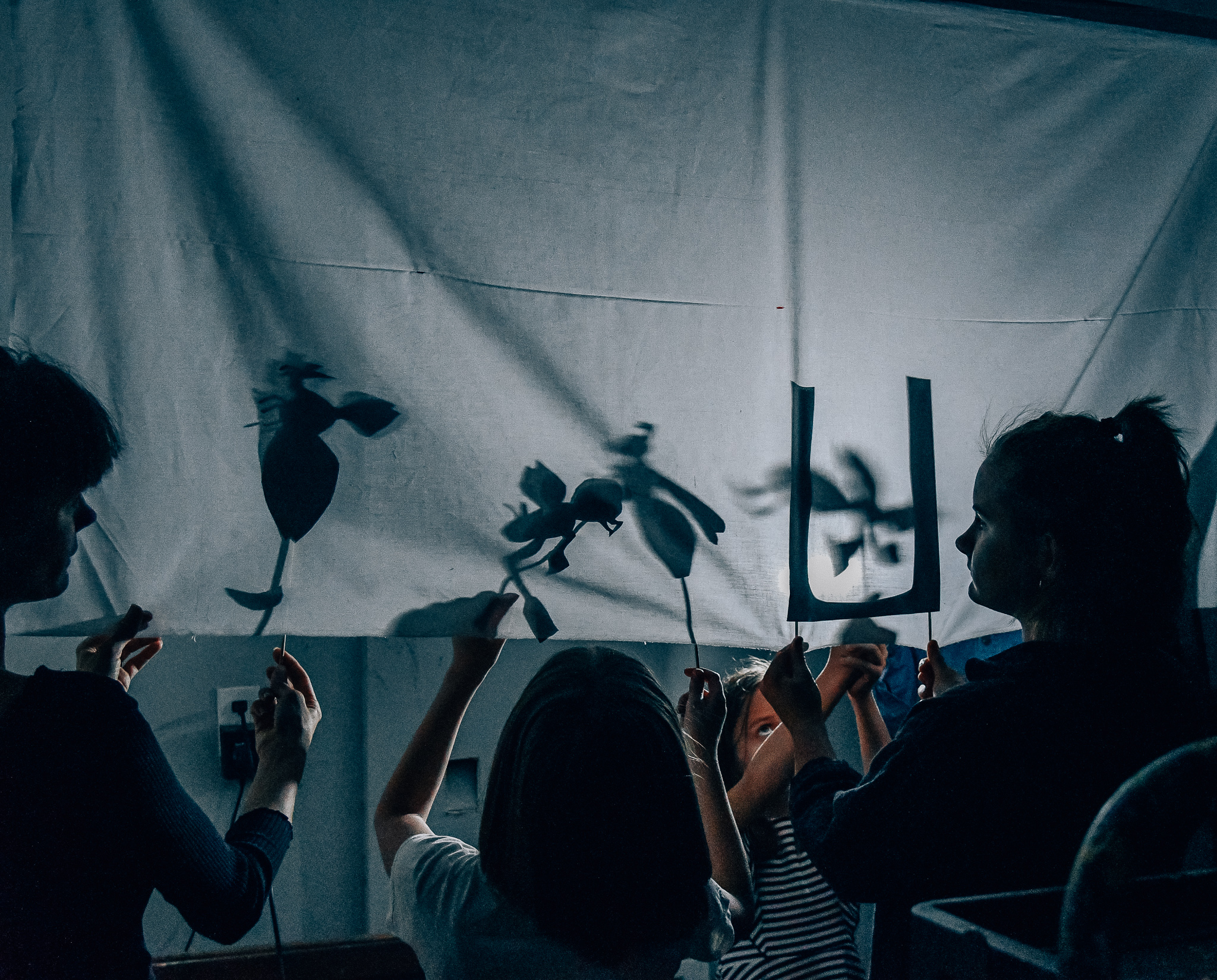

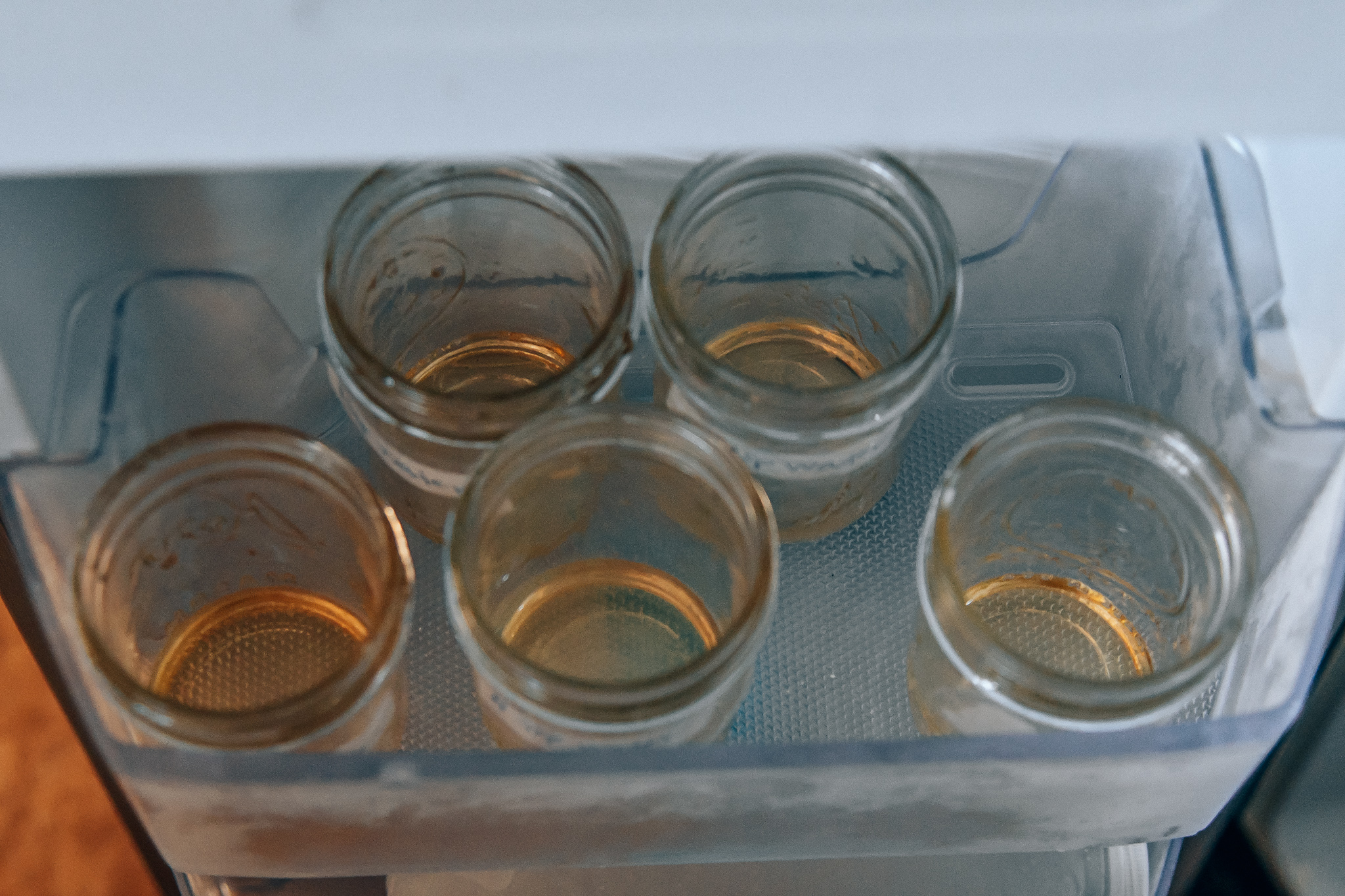
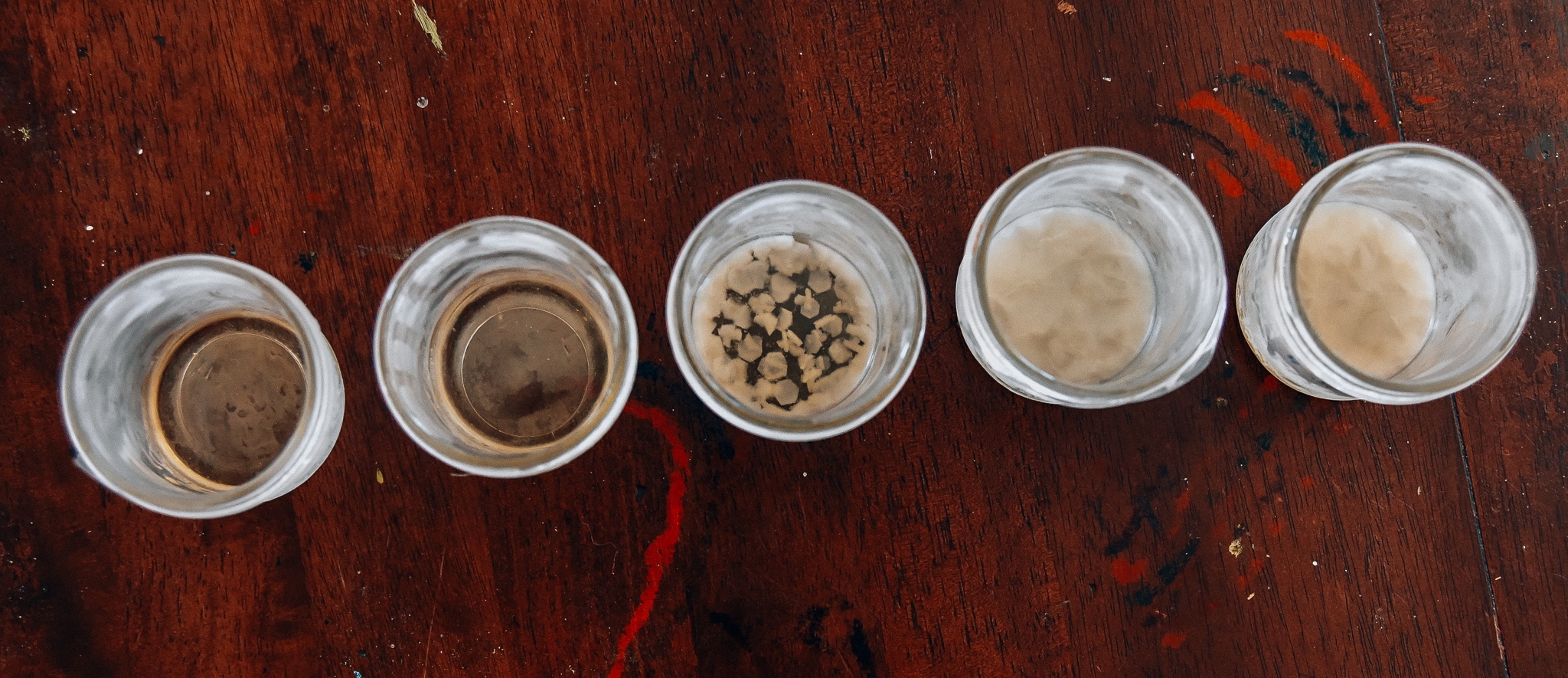
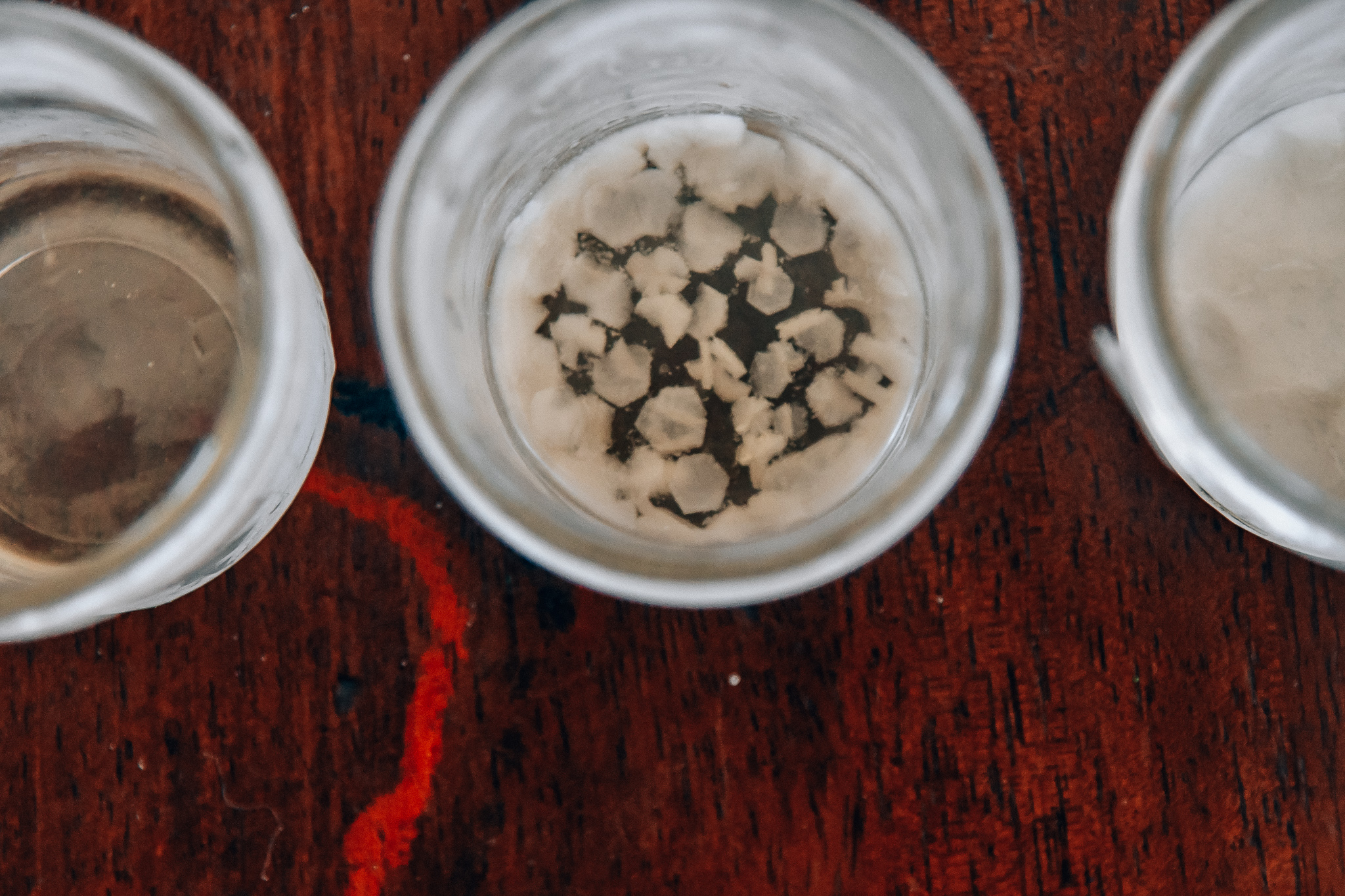

Tai East
Wow! I love honey, so this was such a cool, interesting, and informative post! Thanks for sharing! It was really a joy to swing by and visit with you today! God bless you! 🙂
Cherelle | The Inspired Prairie
This sounds like a very fun and interesting unit study. For our 2020/2021 homeschooling year, I plan on doing more unit studies with my kiddos. Thanks for the inspiration!!
-Cherelle
Jade
Fantastic blog, so informative and inspiring x
Cynthia | What A Girl Eats
I’m a kindergarten teacher and teach an insect unit every spring! Bees are my favorite insect!
Jay Aguirre
Wow what an interesting read. I learned so much here myself. Thanks for such an informative post.
Kristine Nicole Alessandra
This is a great activity for kids. They get to learn about how bees are important in the food chain. I may recommend this activity to my friend who homeschools her daughter. I am sure they will have loads of fun.
Marta Skeledžija
This was so fun and infornative read. I love the photos. The kids look like they had a blast learning about bees.
Claire
This look like a great study. I bet the kids had fun learning more about the bees.
Christina Morley
Wow! An in-depth study combined with fun and creativity. Great photos too!